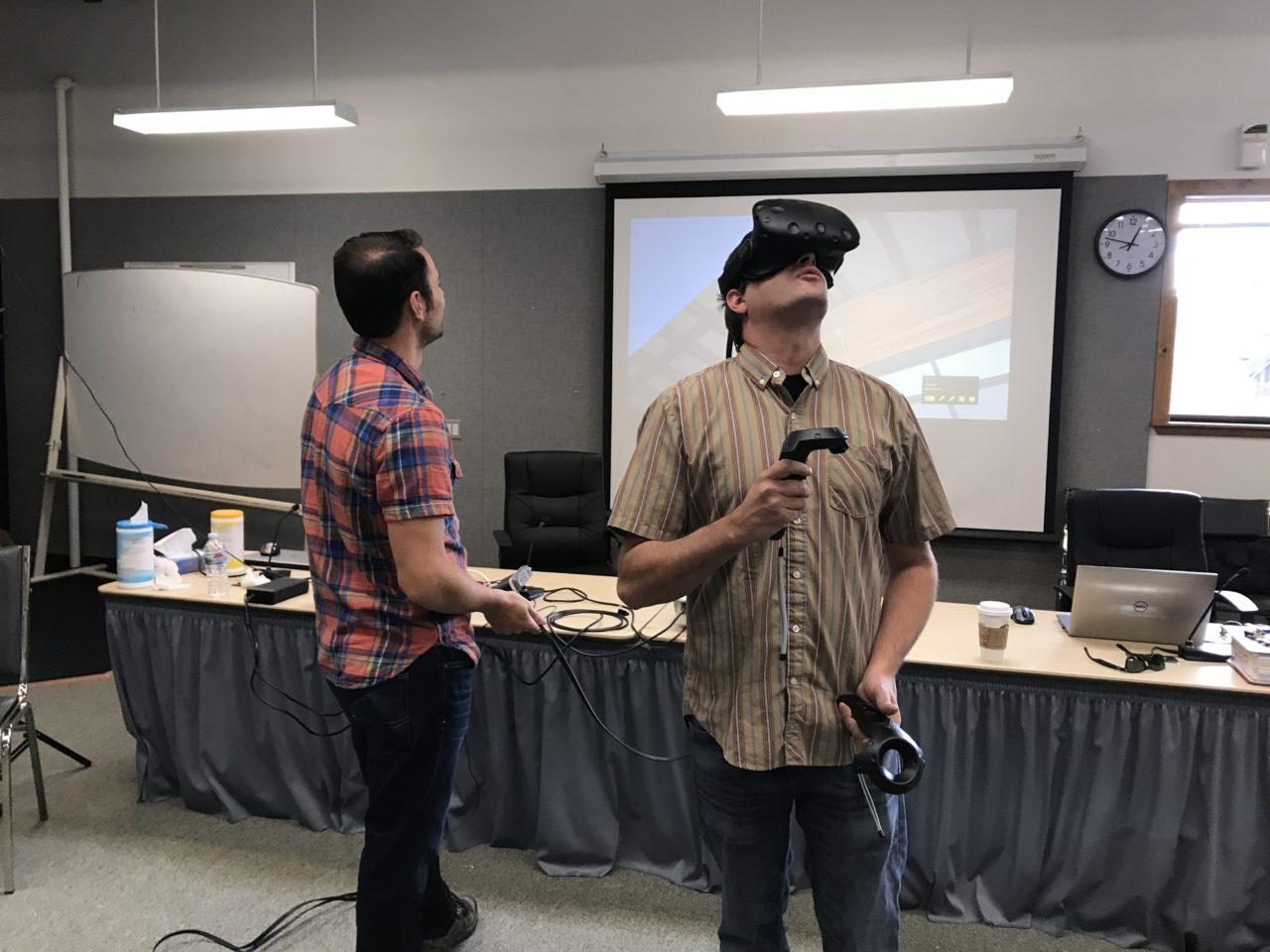Artificial intelligence (AI) has been making large strides in many different industries over recent years, and the technology has very exciting possibilities within the field of architecture. Our industry is a very data-rich one, that can provide a good data set as the building blocks for effective AI. By embracing the many benefits AI can offer, architects can improve office efficiencies, offer a better client experience, and continue to push the envelope on what’s possible in design.
What is Artificial Intelligence?
In short, artificial intelligence refers to a self-learning system, and can be broken down into three different types of systems: analytical, human-inspired, and humanized. Analytical AI typically sticks with characteristics of cognitive intelligence; learning from past experiences and using that to inform future decisions. Human-inspired AI melds both cognitive and emotional intelligence, by considering human emotions as part of their decision-making process. Humanized AI combines cognitive, emotional and social intelligence, allowing it to also be self-aware in interactions. While the latter two are important components, they currently have a lesser impact on architecture as a whole.
 Useful Applications of Architecture and Artificial Intelligence
Useful Applications of Architecture and Artificial Intelligence
Throughout every stage of a project, there are typically components of data gathering, analysis, and decision-making. By utilizing artificial intelligence technology as an assistant to the architect, it’s easy to see many ways it can be useful for day-to-day operations. AI can be useful to an architect in many ways, including:
- Research. Gathering information is typically the first step of any project, and the possibilities of integrating AI into this part of the process are already taking shape. With the Internet of Things (IoT), there are already large databases of information that can be tapped, from site information, materials, or social data from a particular region. AI can parse this data and select relevant information points on behalf of the architect.
- Optioneering & Analysis. A program can accept parameters input by the designer, as well as site data, and client desires, and then produce a variety of possible solutions. There’s also the ability to analyze floor plans for occupant safety, such as creating the shortest routes possible for fire evacuation.
- Client Experiences. A portion of AI technology is being trained by playing video games and with the creation of virtual and augmented realities. VR and AR are already being used extensively in the world of architecture. Combining that with artificial intelligence and giving the technology the ability to learn from feedback would open up possibilities for things such as automatic changes based on client feedback while “walking through” models in VR. These technologies can combine for a more immersive client experience.
- Construction. AI takes construction to a new level by being able to understand drawings, look for conflicts, scan build environments, and even problem-solve in the field. Exploration into construction robots via land-based drones like Doxel-AI is useful for tracking a project’s completion status and even reporting back what the drones “see” in the field. This will possibly be opening new doors to safer and more precise construction techniques.
Making the most of AI for the profession at large will require an industry-wide sharing of data. The data contained in building information modeling (BIM) software can be a great building block for AI systems to learn from, and can then be used to help inform future projects. Post-occupancy surveys are also great data sets that can contribute to the system.
While sharing of data is becoming easier through cloud technology, there are always going to be concerns about privacy and intellectual property. Many firms may only feel comfortable with an internal sharing system until more rules and regulations are rolled out, but looking forward, it’s possible that wider data-sharing may be a possibility in select cases.
Implications for the Future
One might think, “But what if we make AI so smart that we render ourselves obsolete?” There are many impressive things that AI can do, but there’s not really any substitute for a human’s intuition and sensibility for the foreseeable future. The artistry of architecture can’t be automated. Rather than thinking of AI as an architect vs. robot, one should think of AI as a tool used for increased productivity, and for elevating the profession as a whole.
It’s also worth asking ourselves how a building can continue to provide maximum value to the client, and how AI can assist this. AI can help sort through client needs, and even anticipate unknown needs from datasets from similar projects. Thinking ahead to how a client occupies a space, we can specify the installation of smart building features that monitor temperature, occupancy, and routines, and will learn as time goes on, optimizing the performance of various systems.
 AI is something that we’re watching very closely at HMC Architects, by integrating AI practices to find innovative solutions that weren’t there before. We’re excited about the possibilities for streamlined workflow within our offices, the aggregation of data throughout the profession as a whole, as well as the time and money-saving opportunities for our clients.
AI is something that we’re watching very closely at HMC Architects, by integrating AI practices to find innovative solutions that weren’t there before. We’re excited about the possibilities for streamlined workflow within our offices, the aggregation of data throughout the profession as a whole, as well as the time and money-saving opportunities for our clients.
At HMC Architects, we are always thinking ahead about what the future holds for the profession, and working to keep ourselves ahead of the curve. To learn more about artificial intelligence and the possibilities it holds for your project, contact HMC Architects today. For specific questions related to AI and how it impacts the industry, email Christ Grant directly.



